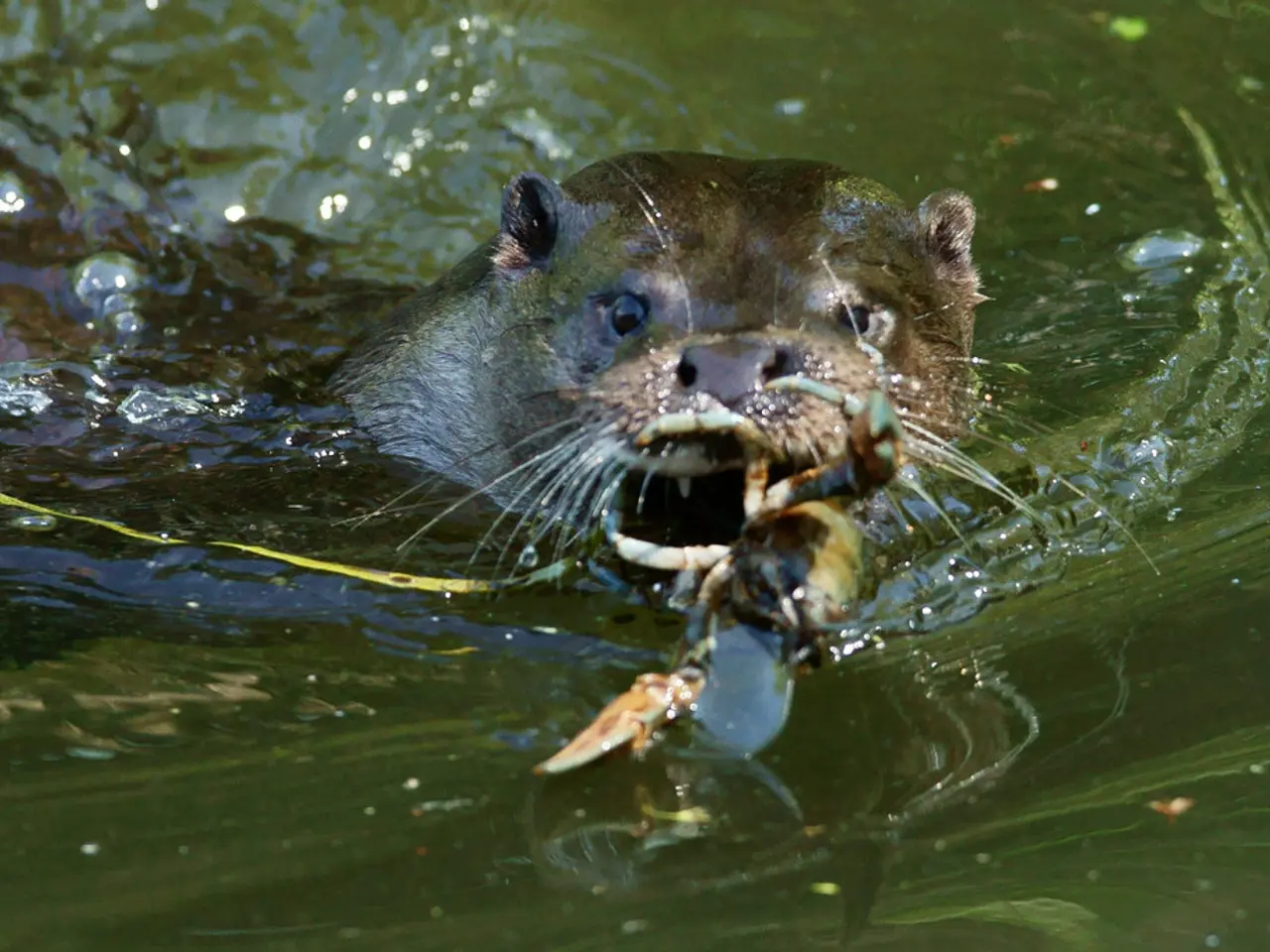Study: Undersea Cables' EMF Disrupts Female Shore Crab Migrations
A groundbreaking study by Dr. Emma Johnson and Prof. Mark Thompson from the University of Bergen has revealed that undersea cables, particularly those emitting electromagnetic fields (EMF), may significantly impact marine life, specifically female shore crabs. The research, published in the journal Nature, suggests that sex must be considered a key variable in future ecological assessments for any offshore infrastructure.
The study found that female shore crabs are strongly attracted to EMF, spending approximately twice as much time in high-EMF zones compared to control groups. This attraction could disrupt their ancient reproductive migrations, potentially leading to larvae being released at the wrong time or in the wrong place, and thus reducing their survival chances. Male shore crabs, however, showed no preference for areas with EMF from undersea cables.
With 1.4 million km (870,000 miles) of telecommunication cables already on the seafloor, the potential impacts on shore crabs and other marine species have not been thoroughly assessed. The decline in the crab population could send shockwaves up and down the food chain, affecting other species. These findings should be considered for offshore wind projects, which can add new cables to the seafloor.
The study highlights the importance of considering the sex of marine creatures in ecological assessments, particularly in relation to offshore infrastructure. The attraction of female shore crabs to undersea cables could disrupt their migrations and impact their survival, with potential cascading effects on the marine ecosystem. Further research is needed to fully understand the implications of these findings.








